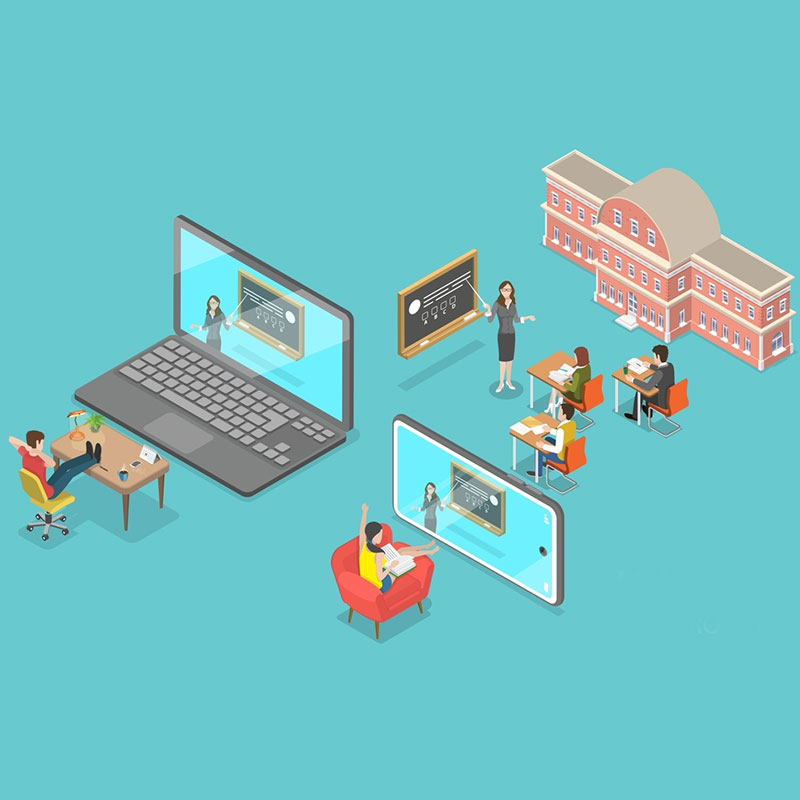Blended Learning to Improve Learning Outcomes
Blended Learning is an approach to education that combines online and face-to-face learning spaces and experiences through various learning modalities (small group, collaborative, independent, and online) to enrich the opportunities for learning.
Let’s take a look at the different kinds of Blended Learning
Project-Based Blended Learning
Project-Based Blended Learning is a model in which students use online learning, face-to-face instruction, and collaboration to design, iterate, and create project-based learning assignments/prototypes/products.
Flipped Classroom Blended Learning
In Flipped Classroom Blended Learning, students are introduced to content at home, and practice working through it at school supported by a teacher and/or classmates.
Mastery-Based Blended Learning
Mastery-Based Blended Learning is a model where students rotate between online and face-to-face learning (activities, assessments, projects, etc.) based on the completion of mastery-based learning goals.
Remote Blended Learning
In Remote Blended Learning, students complete online coursework remotely and independently while only meeting with the teacher intermittently/as needed.
Self-Directed Blended Learning
Self-Directed Blended Learning is where students use a combination of online and face-to-face learning to guide their own personalized inquiry, achieve formal learning goals, connect with mentors digitally and physically. Some students can manage on their own while others may need support through clear pathways that they can guide themselves through with autonomy and self-criticism.
Flex Blended Learning
In Flex Blended Learning, students move on an individually customized schedule among learning modalities. The teacher is on-site, and students learn mostly on the physical campus, except for any homework assignments. The teacher provides face-to-face support on a flexible and as-needed basis through individual tutoring, group projects and small-group instruction.
Online Lab Model Blended Learning
Online Lab Model allows students to complete courses, including those not offered at the school site. Students learn online but need to travel to a dedicated computer lab to complete their coursework. Adults, not necessarily trained teachers, supervise the lab. Schools get the opportunity to offer courses for which they don’t have enough teachers; this model allows students to work at their own pace without affecting the learning environment of other students.
Blended Learning is crucial in enhancing digital skills in students that will help them succeed both in school and in their careers.
ICT 360 provides NEP aligned, STEM accredited ICT curriculum with ready-to-use content, design and computational thinking approach to projects as well as interdisciplinary learning material on an online platform that caters to today’s relevant technologies and future skills requirements. It is designed to help teachers improve their instructional practices with 21st century teaching skills through train-the-teacher program, build a strong foundation to empower students with the ability and skills to design & create amazing things on their own in a fun & engaging environment, excel in academics and prepare them to be industry- and career-ready.
With 50+ partner schools across India, it aims to empower students with creativity, problem-solving, design and advanced tech skills from an early age. These skills are essential for future job roles like AI & ML Specialist, Game Designer, Graphic Designer, Software & Applications Developer, Animator, Robotics Engineer, Data Analyst, and IOT Specialist.

